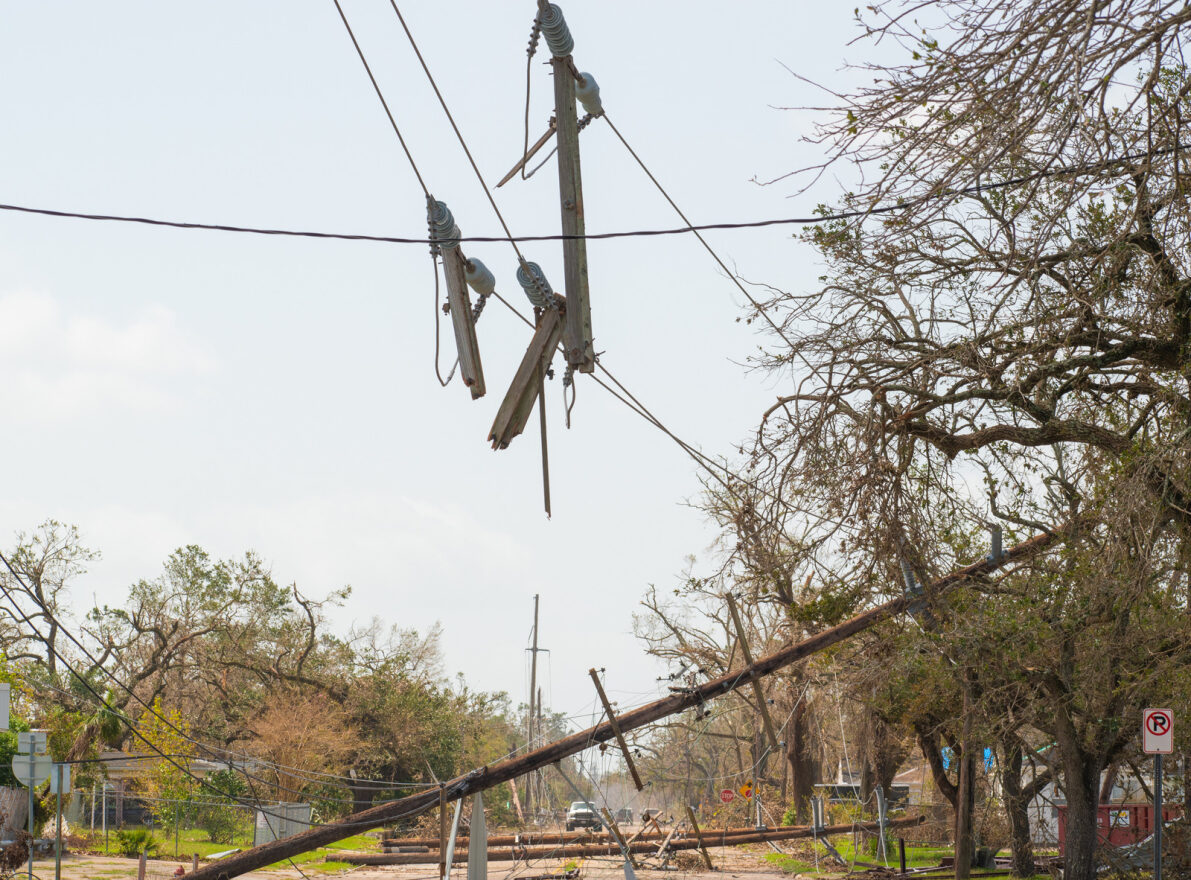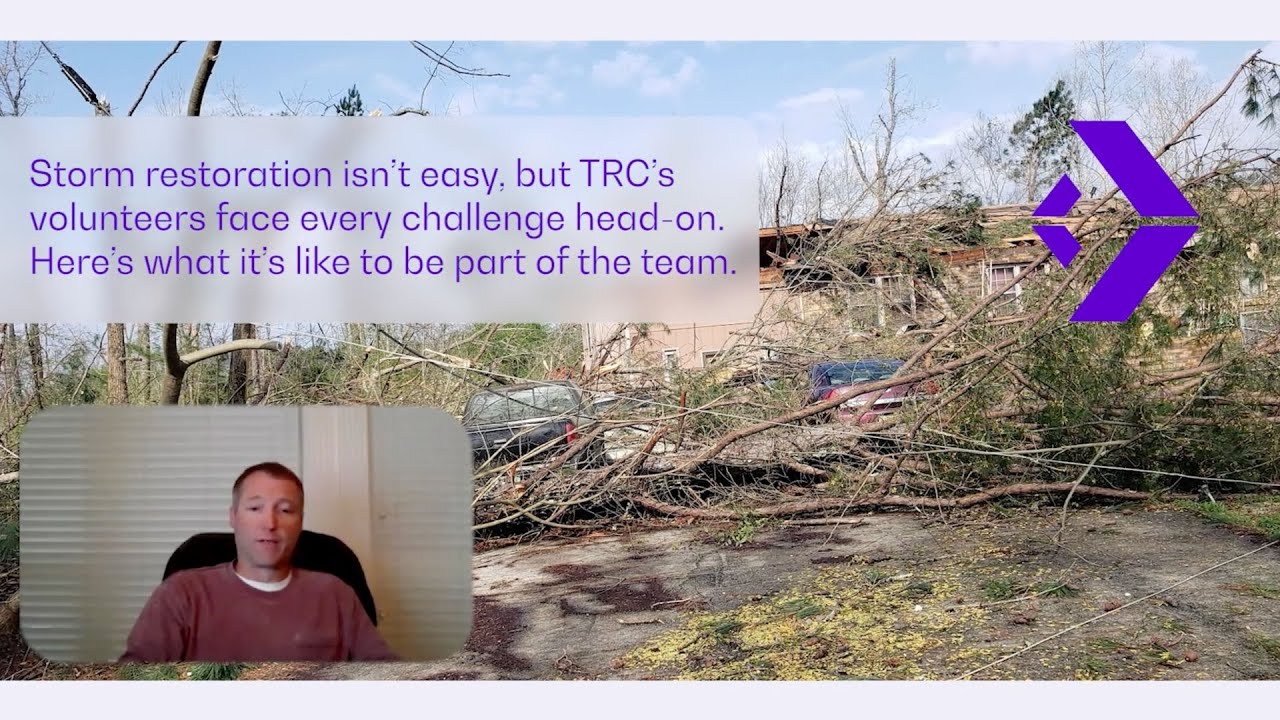Extreme weather events are no longer once-in-a-generation anomalies; they are an ever-present reality. Hurricanes, wildfires and winter storms are becoming more intense and frequent, placing unprecedented pressure on power grid resilience. Utilities face a growing challenge: how to prepare, respond and recover faster while keeping their workforce safe and effective.
The challenge of restoring power after a major storm isn’t just about fixing lines, it’s about coordinating thousands of workers, assessing damage under dangerous conditions and deploying resources as efficiently as possible. Meanwhile, manual processes and outdated tools slow down response times, delaying power restoration when communities need it most.
But there’s hope. By integrating workforce training with cutting-edge tools like AI, automation and infrastructure hardening strategies, utilities can transform storm response strategies, making them faster, safer and more efficient. The time to act is before the next storm hits.
Bridging Workforce Gaps with Training and Technology Before a Storm
When a storm is on the horizon, utilities must mobilize thousands of workers in days, sometimes hours. In 2005, Hurricane Katrina saw over 46,000 restoration workers. More recently, Hurricane Helene required upwards of 20,000 personnel to respond and help restore approximately 800,000 storm-related outages statewide.
The urgency of storm recovery often means utilities must deploy workers with limited storm response experience. The high-risk environments, unpredictable conditions and evolving grid complexities demand a workforce that is highly trained and equipped with the right tools.
Simultaneously, traditional storm response methods create bottlenecks:
- Manual inspections slow down damage assessments.
- Paper-based mapping delays crew coordination.
- Limited real-time data prevents utilities from making informed, rapid decisions.
To overcome these obstacles, utilities muscontinue to evolve their approach. Investing in workforce training, automation tools and real-time data platforms ensures restoration crews are better equipped for barriers ahead.
Storm Hardening and the Role of Innovation in Extreme Weather Preparedness
he air is still. Restoration teams are staged, standing by for the inevitable. They wait, not just for the storm to pass, but for the infrastructure to hold.
When utilities strengthen the grid before disaster strikes, the difference is clear: fewer outages, less damage and faster recovery. That’s why storm hardening is no longer optional, it’s an essential part of utility planning.
Hardening strategies include undergrounding vulnerable lines, elevating substations and equipment, reinforcing structures and designing systems that can better withstand wind, water and fire. Distribution experts play a crucial role in analyzing grid vulnerabilities and implementing targeted resilience measures that prioritize safety and cost efficiency.
Modern hardening also includes scenario-based planning that blends climate data, outage trends and community risk to prioritize upgrades. In coastal and wildfire-prone areas, these proactive measures can be the difference between a quick recovery and a prolonged blackout.
While infrastructure remains the backbone of grid resilience, innovation continues at the edge. One example is the strategic use of drones. Though weather conditions can limit their deployment during storms, drones offer powerful post-event visibility. Recently, Southern Company became the first U.S. utility to receive an FAA Part 91 exemption for beyond visual line of sight (BVLOS) operations, opening the door for broader use of drone technology in storm response and infrastructure monitoring.
From Response to Resiliency: The Power of AI and Automation
Storm response isn’t just about speed, it’s about foresight. Resilient utilities don’t only react to outages; they’re anticipating them. With AI-powered analytics, automation and GIS-based field platforms, utilities can transform their storm response strategies from reactive to proactive.
Artificial intelligence will play a critical role in predicting failures before they happen by analyzing historical outage data and real-time conditions to identify grid vulnerabilities. Instead of waiting for infrastructure to fail, AI enabled utilities strengthen weak points and pre-position crews where they’ll be needed most. Automated dispatch systems further enhance efficiency by assigning the right teams to the right locations, reducing downtime and ensuring a swift restoration process. Meanwhile, compliance remains a key consideration. When conditions allow, drone-captured images help utilities meet regulatory requirements, ensuring that safety and operational standards are met while expediting recovery efforts.
Lemur: A Game-Changer for Storm Response
Even with the best planning, extreme weather can take down communication networks, leaving crews without critical data when they need it most. Lemur, a next-generation field platform, bridges this gap by ensuring real-time situational awareness, even in the most challenging conditions. Lemur provides GIS mapping of damage zones, editing and redlining to document damage assessment, native integration with work management and complete offline functionality to keep teams informed when connectivity is compromised. With Lemur, utilities can seamlessly coordinate field operations, reducing confusion and maximizing restoration efficiency.
These technologies aren’t just tools, they are essential for the future of storm response. By leveraging AI, automation and real-time data platforms, utilities can minimize downtime, improve safety and strengthen overall grid resilience.




